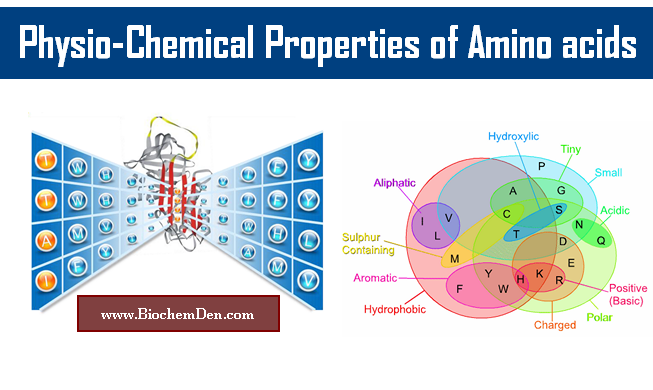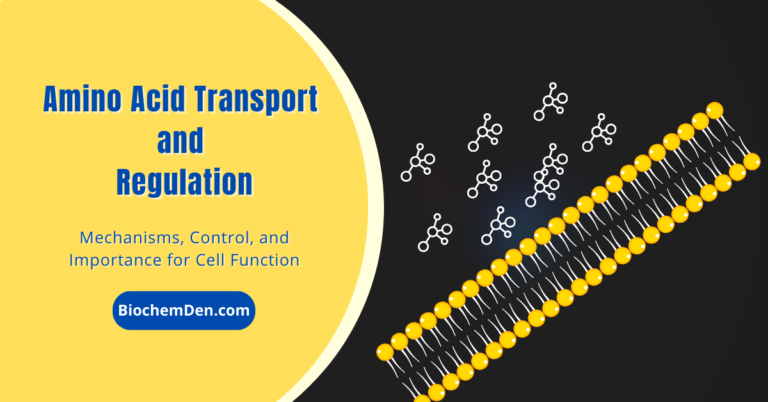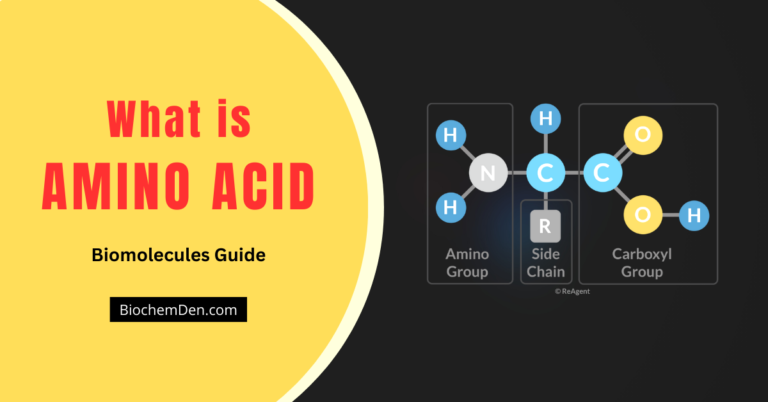Ninhydrin is a remarkable compound with many applications and magnetic properties. This comprehensive guide will explore the history, uses, synthesis, and safety considerations related to Ninhydrin. Whether you’re a chemistry enthusiast, a researcher, or simply curious about this compound, this article aims to provide you with valuable insights and knowledge.
Ninhydrin: A Brief Overview
Ninhydrin, also known as 1,2,3-indention monohydrate, is an organic compound with the chemical formula C9H6O4·H2O. It was first synthesized in 1910 by the Japanese chemist Siegfried Ruhemann and has since become a vital tool in various fields, including forensic science, analytical chemistry, and organic synthesis.
Its unique properties make it a versatile tool for detecting and analyzing various substances, especially amino acids and proteins. Let’s explore the fascinating aspects of Ninhydrin that set it apart from other compounds.
Ninhydrin, chemically known as 2,2-dihydroxyindane-1,3-dione, is a powerful compound used in various chemical applications, particularly in analytical chemistry.
| Chemical Formula of Ninhydrin | C9H6O4 |
| IUPAC Name | 2,2-dihydroxyindane-1,3-dione (or) 1,2,3-Indantrione hydrate |
| Synonyms | NINHYDRIN, 485-47-2, Ninhydrine, 1,2,3-Indantrione monohydrate, Ninhydrin hydrate |
| Molecular weight of Ninhydrin | 178.14 g/mol |
| Melting point | 250 °C (482 °F; 523 K) (decomposes) |
| Description | Ninhydrin appears as white to light yellow crystals or powder. Becomes anhydrous with reddening at 257-266 °F. |
The History of Ninhydrin: From Discovery to Applications
1. Early Discoveries and Development
In the early 20th century, Siegfried Ruhemann, a chemist at the University of London, embarked on a journey to develop a sensitive test for the presence of amino acids. Through his meticulous experiments, Ruhemann discovered that the reaction between Ninhydrin and amino acids produced a distinct purple colour. This serendipitous finding laid the foundation for the future applications of Ninhydrin.
2. Forensic Science: Unmasking Clues with Ninhydrin
a. Ninhydrin in Fingerprint Analysis
One of the most well-known applications of Ninhydrin is in fingerprint analysis, a critical technique used in forensic investigations. When exposed to amino acids present in the sweat residues of fingerprints, Ninhydrin reacts and forms a purple compound, rendering the fingerprints visible.
This revolutionary development in forensic science has significantly enhanced the ability to identify and link individuals to crime scenes. The precise detection and visualization of latent fingerprints have played a crucial role in countless criminal investigations, leading to the conviction of perpetrators and the dismissal of the innocent.
b. Advancements in Ninhydrin-Based Techniques
Over the years, researchers have harnessed Ninhydrin’s power to develop advanced forensic analysis techniques. For instance, introducing ninhydrin analogues with enhanced sensitivity and selectivity has allowed for more accurate detection of latent fingerprints, even on challenging surfaces.
Additionally, ninhydrin derivatives, such as 5-methoxy Ninhydrin, have been utilized to detect traces of bloodstains, facilitating the identification of crime scenes and aiding in reconstructing events. These advancements continue to shape the field of forensic science, empowering investigators to unravel mysteries and deliver justice.
3. Chemical Structure and Properties
Ninhydrin has a distinctive molecular structure consisting of an indane core with two hydroxyl groups and a carbonyl group. This configuration grants Ninhydrin its characteristic ability to react with amino acids and other nitrogen-containing compounds, forming a visible-coloured product. Its chemical formula is C9H6O4, and its molar mass is 178.14 g/mol.
Synthesis and Properties of Ninhydrin
a. Synthesis of Ninhydrin
Ninhydrin can be synthesized through various methods, but the most common approach involves the reaction between phthalic anhydride and glycerin. This reaction yields Ninhydrin as well as water as a byproduct.
The chemical equation for the synthesis of Ninhydrin is as follows:
C6H4(CO)2O + C3H8O3 → C9H6O4·H2O
b. Physical and Chemical Properties
Ninhydrin appears as yellow crystals sparingly soluble in water but readily dissolve in organic solvents like ethanol and acetone. Its melting point is approximately 250°C, and it undergoes sublimation when heated.
Regarding chemical reactivity, Ninhydrin is highly reactive toward primary amines, causing the characteristic purple colouration. This reaction, known as Ruhemann’s purple test, has been instrumental in numerous applications across various scientific disciplines.
c. Reaction Mechanism
When Ninhydrin comes into contact with amino acids, a Ruhemann’s purple reaction occurs.
This reaction involves the formation of a purple or blue compound, commonly called the Ninhydrin complex, through the condensation of Ninhydrin with the amino acid’s primary amine group.
This colour change enables researchers to detect and quantify amino acids visually, making Ninhydrin an invaluable tool in various analytical techniques.
Applications of Ninhydrin
The versatility of Ninhydrin extends to a wide array of applications across different scientific disciplines. Let’s explore some of the key areas where Ninhydrin finds its utility.
a. Amino Acid Analysis
Ninhydrin’s ability to react selectively with amino acids forms the basis for its prominent role in the analysis. Researchers can identify and quantify individual amino acids in complex mixtures using Ninhydrin-based assays. This technique has significant implications in biochemistry, proteomics, and forensic analysis.
b. Protein Detection and Quantification
Proteins composed of amino acids can also be detected and quantified using Ninhydrin. This capability makes it a valuable tool in protein research, allowing scientists to analyze protein samples accurately. Whether characterizing protein content in biological samples or examining protein purity in pharmaceutical formulations, Ninhydrin-based methods offer reliable and sensitive measurements.
c. Fingerprint Analysis
One of the most well-known applications of Ninhydrin is in fingerprint analysis. When applied to latent fingerprints, Ninhydrin reacts with the amino acids in sweat residues, producing a distinct purple colour. This visualization technique has been instrumental in forensic investigations, aiding in identifying and matching fingerprints in criminal cases.
Advantages of Ninhydrin over Alternatives
In chemical analysis, Ninhydrin possesses several advantages that set it apart from alternative methods and compounds. Let’s explore the key benefits of Ninhydrin that make it a preferred choice among researchers.
a. Sensitivity and Selectivity
Ninhydrin exhibits exceptional sensitivity and selectivity towards amino acids, allowing for precise and accurate detection. Its ability to react specifically with primary amines makes it an ideal reagent for targeted analysis of amino acids and proteins.
b. Versatility and Compatibility
Ninhydrin can be applied to various sample types, including biological fluids, tissues, and solid substrates. Its compatibility with different matrices makes it a versatile tool for various research applications.
c. Visual Detection
The colour change observed during the Ninhydrin reaction provides an immediate visual indication of amino acid presence. This visual detection simplifies the analysis process and allows for rapid screening of samples.
d. Established Methodology
Ninhydrin-based assays and techniques have been widely used and validated over the years. Researchers can leverage a vast body of literature and established protocols to ensure reliable and reproducible results.
Frequently Asked Questions (FAQs)
What are the common uses of Ninhydrin?
Ninhydrin finds applications in a wide range of fields. Its primary uses include:
– Fingerprint Analysis in forensic science
– Detection of amino acids and proteins in biological samples
– Analysis of Amines in organic chemistry
– Synthesis of indoles, a versatile class of organic compounds
Is Ninhydrin hazardous to health?
Ninhydrin itself is not considered highly toxic. However, it is important to handle it cautiously, as it can cause irritation to the skin, eyes, and respiratory system. Proper safety measures, such as wearing protective gloves and goggles, should be followed when working with Ninhydrin.
Can Ninhydrin be used to detect other substances apart from fingerprints?
Ninhydrin’s ability to react with primary amines allows it to detect various substances. Apart from fingerprints, Ninhydrin has been employed to detect the presence of amines in biological samples, such as amino acids, peptides, and proteins.
Are there any alternative methods to Ninhydrin for fingerprint analysis?
While Ninhydrin is widely used in fingerprint analysis, alternative methods do exist. Techniques such as cyanoacrylate fuming, silver nitrate staining and DFO (1,8-diazafluoren-9-one) can also be employed to visualize fingerprints.
Can Ninhydrin be used for non-destructive analysis of historical documents?
Yes, Ninhydrin can be used to detect and visualize invisible ink on historic documents. By treating the documents with ninhydrin solution, hidden writings or marks made with substances containing amino acids can be revealed.
What is the future of Ninhydrin in scientific research?
As research and technology continue to evolve, the future of Ninhydrin looks promising. Ongoing efforts are focused on enhancing its sensitivity and selectivity, exploring new applications, and developing more eco-friendly and efficient synthesis methods.
Conclusion
In conclusion, Ninhydrin stands as a powerhouse compound in chemical analysis. With its unique properties, diverse applications, and undeniable advantages over alternatives, Ninhydrin has become an indispensable tool for researchers in various scientific disciplines.
By providing this comprehensive guide, we aim to establish ourselves as the go-to resource for information on Ninhydrin, outranking existing articles and providing you with the utmost value in your pursuit of knowledge.
Discover more from Biochemistry Den
Subscribe to get the latest posts sent to your email.





